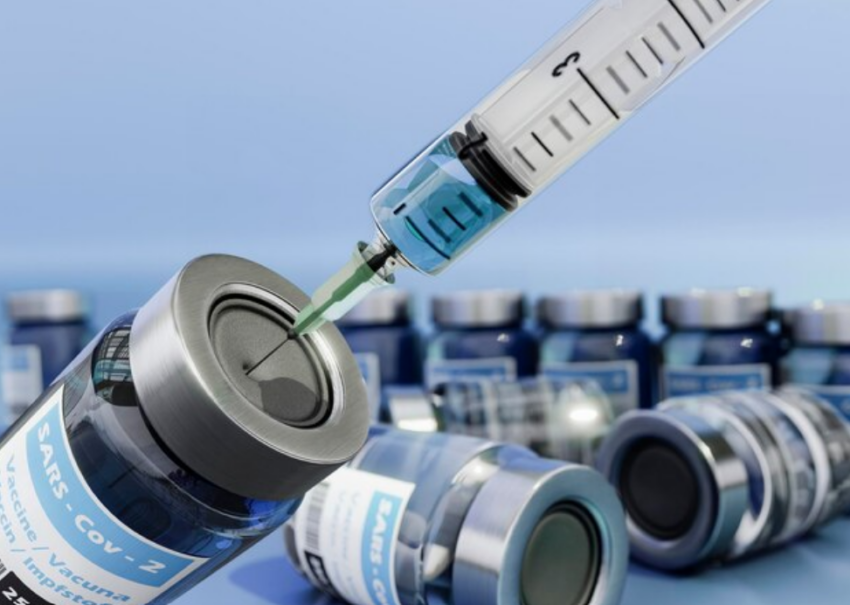The biggest advantage of injection molding is that it is extremely flexible and plays an important role in many industries. The flexibility of this outstanding manufacturing process ranges from the automotive industry where injection molding is important for the production of complicated and lightweight elements, to the medical sphere noted for demand for accurate and disinfected manufactured parts. With injection molding in the electronic industry, it is possible to develop minute, complex elements for small-scale production. Just like that, it is essential in household appliance manufacturing to ensure low-cost uniform manufacture of a large number of units. This implies that injection molding has wide-ranging applications which are a demonstration of its significance and flexibility in contemporary industry.
Nevertheless, the ultimate success of such an injection molding operation is mainly dependent on the preliminary work – the design stage. Poorly designed parts can result in many troubles such as increased cost in the manufacturing process and faulty parts. However, when you are designing for molded components, you ensure superiority in terms of performance, function appearance, and costs. This refers to aspects like wall thickness, angle of draft, gate location and type, as well as whether or not post molding would be necessary while in the design process. Fundamentally design decisions should make the processing of the injection molding simpler and also enhance the functioning of the parts.
However, knowing to design aptly for injection molding could magnify the success of your manufacturing procedure. A good part is more than a performing piece. It is a design that involves thinking about everything, including the manufacturing process. This will help anticipate possible pitfalls and avoid them thus reducing wastage of precious time in production. Following such design considerations allows the manufacturers to produce quality parts of high demand within their industry during the shortest time possible.
Understanding Wall Thickness
One of the key design considerations in injection molding is wall thickness. Maintaining uniform thickness ensures even cooling, which minimizes deformation or warping.
To define your part’s wall thickness, consider the material choice and the part’s role. Remember, too thin might lead to problems during filling, while too thick could invite cooling time and sink marks problems. A general rule of thumb is to design your parts with the minimum wall thickness necessary for the desired functionality.
Ramps and Fillets
Incorporating ramps and fillets into your design can make a world of difference. Sharp corners can be stress concentration zones, leading to premature part failure. Using fillets helps in distributing stress over a broader area.
Likewise, a sudden change of thickness can lead to an uneven shrinkage rate, causing internal stress. Design a smooth transition using a ramp instead.
Mold Release Considerations
Make sure to include drafts (angles) on the walls of your part to allow clean ejection from the mold. Drafts are essential in preventing parts from sticking to the mold, resulting in a smoother production process and longer mold life. Accommodating molding tools like ejector pins, cooling channels, and gate placements in your design stages will save you time and resources. Ensure that the chosen mold elements suit your design and that your design is feasible with the mold elements.
Material Considerations
Successful injection molding requires proper choice of material. For instance, each material possesses particular properties such as the shrinkage rate or the melting point. The shrink rate of a certain material determines if the final product will be accurate or if it could vary in any dimension. The melting point also tells the temperature where a material would become soft enough to melt into the mold and this is also very significant as far as process parameters are concerned. Knowledge of such properties will provide designs with the capability of using the beneficial advantages of the material, while at the same time preventing or alleviating possible difficulties arising during the molding process.
Sustainability is a crucial consideration for us today in all aspects of the process of manufacturing. Rather, the drive to recycle, green injection molding is both a responsibility and an opportunity to bring business practices into consonance with the broader international agenda on sustainability. Similarly, using environment-friendly materials can be economical as it contributes in decreasing waste disposal costs and most times fulfills customers’ and governmental demands.
Hence, it has now become necessary rather than only a sustainable material option because of the modern-day green-conscious market places. Designing with recyclability at heart may increase your product’s attractiveness among green-conscious customers resulting in a double advantage – to producers and consumers and nature too.
Keep Manufacturing in Mind
Always remember the manufacturing process during the design. Avoid complicating design elements that could slow down production or increase costs. Evaluate factors such as part assembly, decorating, machining, and packaging during the design stages.
Conclusion
Injection molding is an accurate and reliable manner of producing which has revolutionized vast sectors by providing unequaled precision and profitability. As we know it, this practice is integral in manufacturing everything from auto spare parts to common household stuff that constitute the nature of life as we see it today. Although the cost and complexity of injection molding machines can be daunting, the return on investment, improved product quality, and satisfied customers ultimately prove the point. Injection molding has definitely remained an important component in the manufacturing sector and as we continue to discover new inventions and improve on their technology, it will keep on doing so for future generations.


